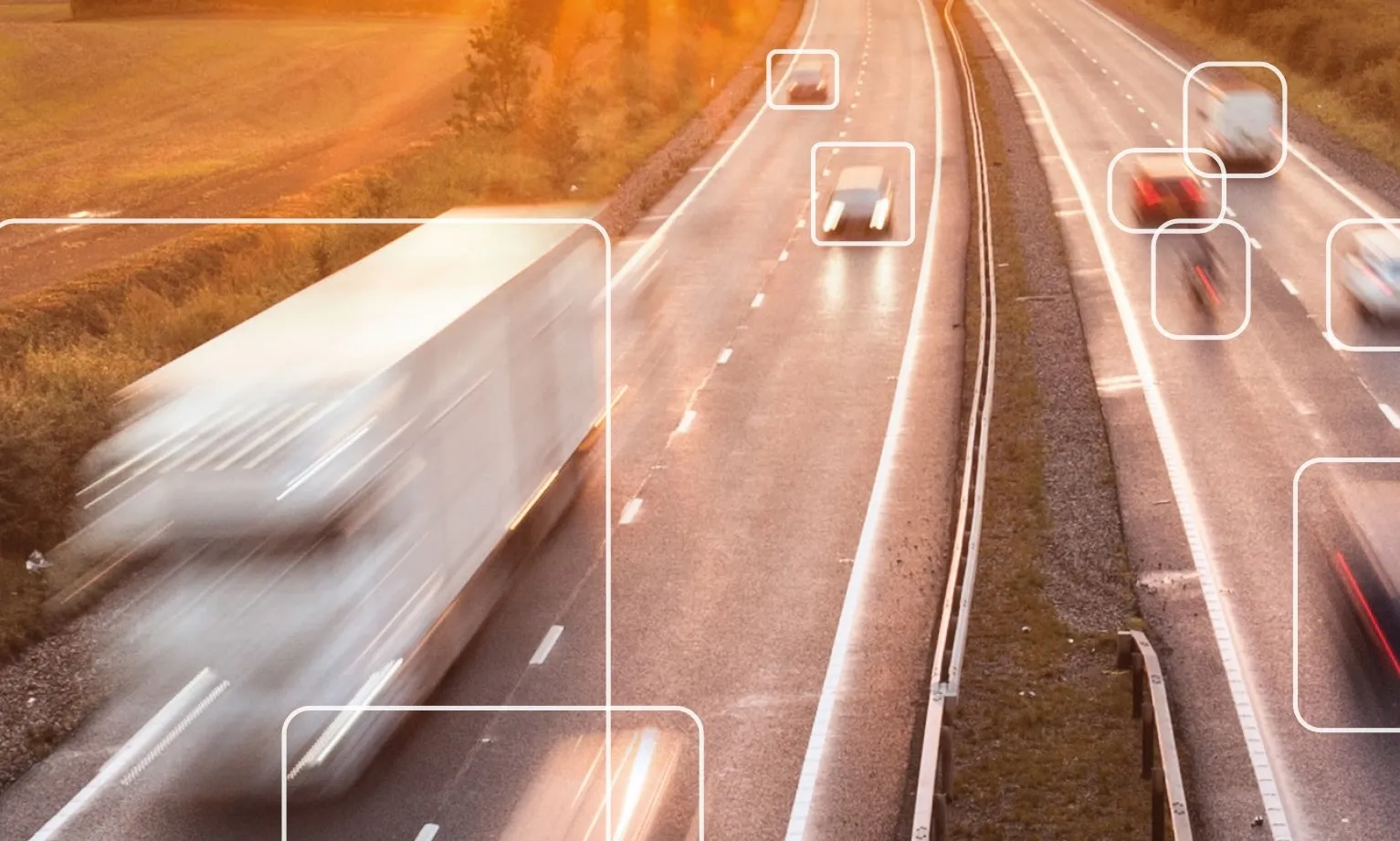The CAM2M3DS ANPR camera from Netherlands-based Arvoo Imaging Products is an all in one system for automatic licence plate recognition applications. The CAM2M3DS is a fully integrated ANPR camera system, incorporating the camera, illuminator and processor in one compact package. The system contains two 2.3 megapixel cameras, one for colour overview image and one for ANPR and, according to Arvoo, is suitable for urban and rural environments, in all weather conditions.
December 4, 2012
Read time: 1 min

The CAM2M3DS ANPR camera from Netherlands-based 6968 Arvoo Imaging Products is an all in one system for automatic licence plate recognition applications.
The CAM2M3DS is a fully integrated ANPR camera system, incorporating the camera, illuminator and processor in one compact package. The system contains two 2.3 megapixel cameras, one for colour overview image and one for ANPR and, according to Arvoo, is suitable for urban and rural environments, in all weather conditions.
The camera utilises the Intrada ANPR library from108 Q-Free Netherlands, which is used by many leading companies in Intelligent Traffic Systems (ITS) for law-enforcement equipment, traffic analysis and traffic management systems.
The CAM2M3DS is a fully integrated ANPR camera system, incorporating the camera, illuminator and processor in one compact package. The system contains two 2.3 megapixel cameras, one for colour overview image and one for ANPR and, according to Arvoo, is suitable for urban and rural environments, in all weather conditions.
The camera utilises the Intrada ANPR library from








